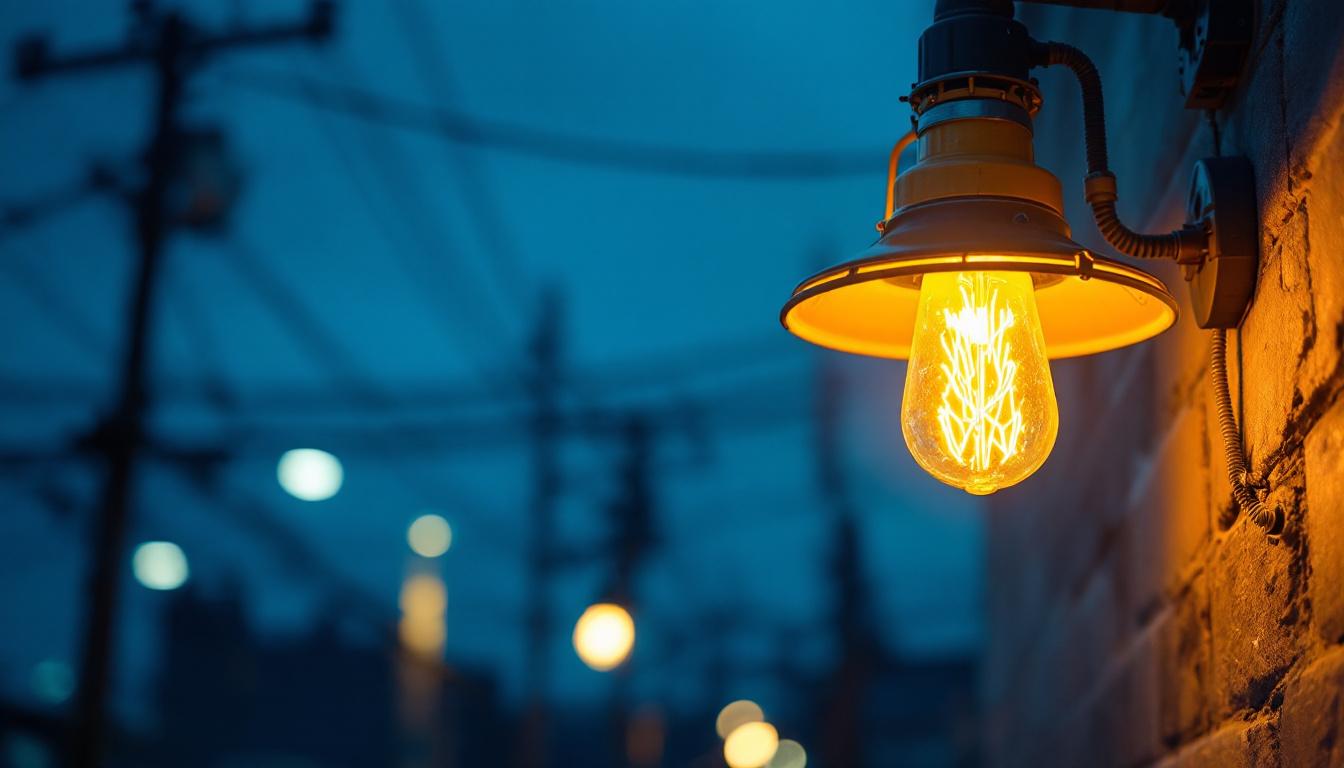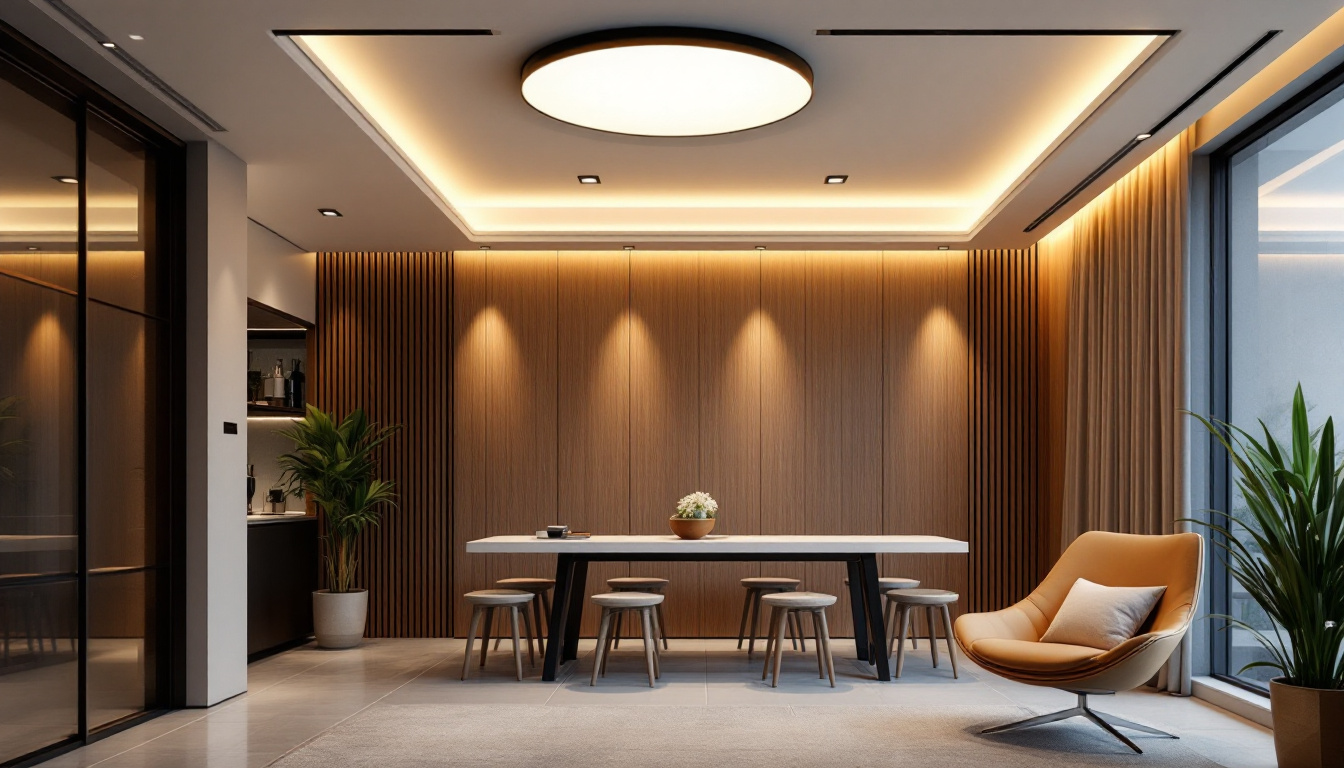
Lighting professionals play a pivotal role in creating atmospheres that enhance spaces, whether for residential, commercial, or industrial purposes. The right lighting can transform a mundane area into an inviting environment, and as such, the responsibility of a lighting contractor is significant. To ensure that every project is executed flawlessly, a comprehensive checklist is essential. This article outlines the critical components that every lighting professional should consider before embarking on a project.
The first step in any lighting project is a thorough consultation with the client. This initial meeting is crucial for understanding their vision, preferences, and specific requirements. During this phase, it is important to ask open-ended questions that encourage clients to express their ideas and expectations. Understanding the purpose of the space, the desired ambiance, and any functional needs will provide a solid foundation for the project.
Additionally, discussing budget constraints during the consultation can help in recommending appropriate lighting solutions. It is vital to ensure that clients are aware of the costs associated with different types of fixtures, installation, and ongoing maintenance. This transparency fosters trust and sets realistic expectations. Moreover, it can be beneficial to share examples of past projects that align with the client’s vision, as this can inspire confidence and spark new ideas. Visual aids, such as mood boards or design sketches, can also be effective tools in conveying concepts and ensuring that everyone is on the same page.
After the consultation, conducting a thorough site assessment is essential. This involves evaluating the physical space where the lighting will be installed. Factors such as room dimensions, ceiling height, and existing electrical systems should be carefully examined. Understanding the architecture and design elements of the space can also influence lighting choices. For instance, in a room with high ceilings, using pendant lights or chandeliers can create a dramatic effect, while in a smaller space, recessed lighting may be more appropriate to avoid overwhelming the area.
During the site assessment, take note of any potential challenges, such as areas with limited access for installation or existing fixtures that may need to be removed or replaced. Documenting these details will aid in creating a more accurate project plan and timeline. Additionally, assessing the natural light sources in the space is crucial, as this can impact the overall lighting design. For example, a room with large windows may require different lighting solutions compared to a space with minimal daylight. Understanding how light interacts with the space throughout the day can lead to more effective and harmonious lighting choices that enhance the overall aesthetic and functionality.
Once the requirements and site conditions have been established, the next step is to design the lighting plan. Selecting the right fixtures is crucial for achieving the desired effect. Consideration should be given to the type of lighting needed: ambient, task, or accent. Each serves a distinct purpose and contributes to the overall functionality of the space.
When choosing fixtures, it is also important to consider energy efficiency. LED lighting has become the standard due to its longevity and lower energy consumption. Additionally, incorporating smart lighting solutions can enhance user experience and provide flexibility in controlling the ambiance.
The lighting layout should be meticulously planned to ensure an even distribution of light throughout the space. This involves determining the placement of fixtures, considering factors such as light intensity, color temperature, and the effects of shadows. A well-thought-out layout will prevent dark spots and ensure that the lighting complements the room’s design.
Utilizing design software can aid in visualizing the layout before installation. This allows for adjustments to be made based on client feedback and helps to avoid costly changes during the installation phase.
Understanding the electrical requirements for the project is paramount. This includes assessing the existing electrical system to determine if it can support the new lighting fixtures. It may be necessary to upgrade wiring, circuits, or even the electrical panel to accommodate the new load.
Additionally, ensuring compliance with local electrical codes and regulations is essential. Familiarity with these codes will prevent potential legal issues and ensure the safety of the installation. It is advisable to collaborate with a licensed electrician during this phase to guarantee that all electrical work is conducted professionally.
Incorporating control systems into the lighting design can significantly enhance functionality and user experience. Options such as dimmers, timers, and smart home integration allow for greater control over lighting conditions. Understanding the client’s preferences for controlling the lighting will guide the selection of appropriate systems.
It is also important to consider how these systems will be integrated into the existing infrastructure. Planning for control systems during the design phase will streamline the installation process and ensure that everything operates seamlessly.
Before commencing installation, it is crucial to prepare the site adequately. This includes clearing the area of any obstacles, ensuring that tools and materials are readily available, and verifying that all safety measures are in place. Safety should always be a top priority, as working with electrical systems can pose significant risks.
Providing proper training for all team members involved in the installation can further enhance safety. Ensuring that everyone understands the protocols and procedures will minimize the risk of accidents and ensure a smooth installation process.
The installation process should be executed methodically, following the lighting layout and ensuring that each fixture is installed correctly. Attention to detail is critical during this phase, as improper installation can lead to issues such as uneven lighting or fixture malfunction.
Regular communication with the client during installation can help manage expectations and allow for any last-minute adjustments. It is advisable to conduct periodic checks to ensure that the installation aligns with the approved plan and meets the client’s standards.
Once the installation is complete, thorough testing of the lighting system is essential. This involves checking each fixture to ensure it operates correctly and meets the desired lighting levels. Adjustments may be necessary to achieve the perfect balance of light, and this is the time to make those changes.
Encouraging the client to be present during this phase can provide valuable feedback. They can assess the lighting in real-time and suggest any modifications that may enhance their experience. This collaborative approach fosters a sense of ownership and satisfaction with the final result.
Providing the client with comprehensive documentation is an important final step. This should include details about the installed fixtures, warranty information, and maintenance guidelines. Educating the client on how to care for their new lighting system will prolong its lifespan and maintain its effectiveness.
Additionally, discussing potential future upgrades or adjustments can be beneficial. As technology evolves, clients may wish to enhance their lighting systems, and having a plan in place will facilitate this process.
Following up with clients after project completion is a best practice that should not be overlooked. Gathering feedback can provide valuable insights into the client’s experience and satisfaction with the project. This information can be used to improve future projects and refine processes.
Encouraging clients to share their thoughts on the lighting design and installation will also strengthen the professional relationship. Positive feedback can lead to referrals and repeat business, which are essential for the growth of any lighting contractor’s business.
If any issues arise after the installation, having an open line of communication is crucial. Clients should feel comfortable reaching out with concerns or questions. Promptly addressing these issues demonstrates professionalism and commitment to customer satisfaction.
Offering a warranty or service agreement can also provide peace of mind for clients. Knowing that they have support after the project is complete can enhance their overall experience and encourage them to recommend your services to others.
The lighting industry is constantly evolving, with new technologies and design trends emerging regularly. Staying informed about these changes is essential for lighting professionals. Engaging in continuous education through workshops, webinars, and industry conferences can provide valuable insights and skills that enhance service offerings.
Networking with other professionals in the field can also be beneficial. Sharing experiences and knowledge can lead to new ideas and collaborations that can elevate the quality of work provided to clients.
Integrating innovative solutions into lighting designs can set a contractor apart from competitors. Exploring advancements such as smart lighting technology, energy-efficient solutions, and sustainable practices can appeal to a broader client base.
Additionally, being open to experimenting with new design concepts can lead to unique and creative lighting solutions that capture the client’s vision. Embracing innovation is not just about keeping up with trends; it’s about redefining possibilities in lighting design.
In the world of lighting design and installation, attention to detail, thorough planning, and effective communication are paramount. By following a comprehensive checklist, lighting professionals can ensure that every project is executed with precision and care. From understanding client needs to staying current with industry trends, each step in the process contributes to the overall success of the project.
Ultimately, the goal is to create spaces that not only meet functional requirements but also enhance the aesthetic appeal and comfort of the environment. By adhering to these guidelines, lighting contractors can build a reputation for excellence and cultivate lasting relationships with clients.
Ready to elevate your lighting projects with the highest quality at the best value? Look no further than LumenWholesale for spec-grade lighting products that will meet and exceed your professional standards. Say goodbye to inflated markups and hello to a vast selection of reliable lighting solutions, all with the convenience of free shipping on bulk orders. Make your next project shine with LumenWholesale, where quality, affordability, and contractor satisfaction are our top priorities.

Discover how LED fluorescent replacement tubes are transforming the lighting industry and impacting contractors’ profitability.

Discover everything lighting contractors need to know about high pressure sodium light fixtures in this comprehensive guide.

Discover essential tips and common pitfalls for lighting contractors in our guide to outdoor hanging lamps.

Discover the ultimate resources lighting contractors rely on to master LED ceiling lighting.